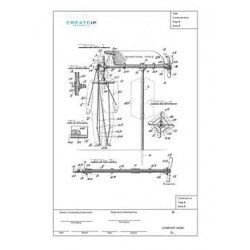The United States is a key market for many New Zealand companies and filing for patent protection there is an important component of your export strategy. However it is critical to understand that there are two quite different systems for patent protection: “first-to-file” and “first-to-invent” – and the latter is applied in the U.S.
The implications for patent seekers are significant; being the first to file for a patent in the U.S. is not enough to prove you are the inventor, which leaves the door open to challengers who may wish to claim ownership of the ideas.
While we hope the U.S. will eventually join the rest of the world and move to a first-to-file system, in the meantime we will strive to arm our inventors with the knowledge and tools to build and adequately protect their IP portfolio under all systems.
The critical factor is the collection of a body of evidence which proves the origin of your ideas. Sketches, notes, photographs, test results and models can, together, build a solid case supporting your claims of invention. Although they may be full of scribbles and rough-looking sketches, handwritten lab notebooks are far more robust in a court of law than electronically-generated documents or drawings. So, keep your scribbles!
These are our recommended practices:
- Keep a lab book, preferable in a permanently bound book.
- Write in ink.
- Sign and date lab book entries at the bottom of each page.
- Have a witness who understands your work (but won’t disclose your secrets!) sign and date your entries to corroborate your work.
- Print spreadsheets or computer-generated sketches, staple or glue them into your lab notebook and sign and date them.
- Make copies of your lab books and keep them in a safe place.
We have put together a sample lab book template to help you get started.
If you find keeping a notebook a challenge, be sure to at least keep records of the 2 most crucial stages of idea development: idea conception and concept-to-product. You must be able to show that you were the first to conceive the idea (with initial sketches and descriptions that are signed and dated) and the first to model and test it as a commercial product (with signed and dated photographs, test setups, experiment and/or trial results). Documenting the process of your invention is also likely to come in handy when explaining to your patent attorney how you would like your patent described.






